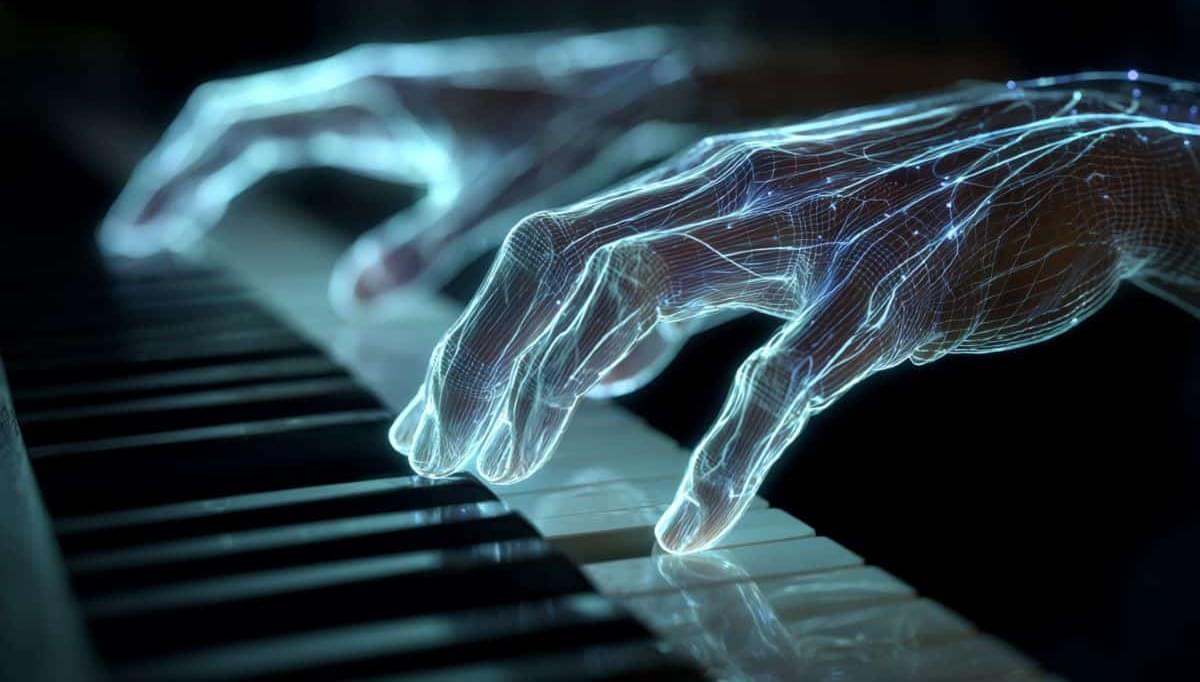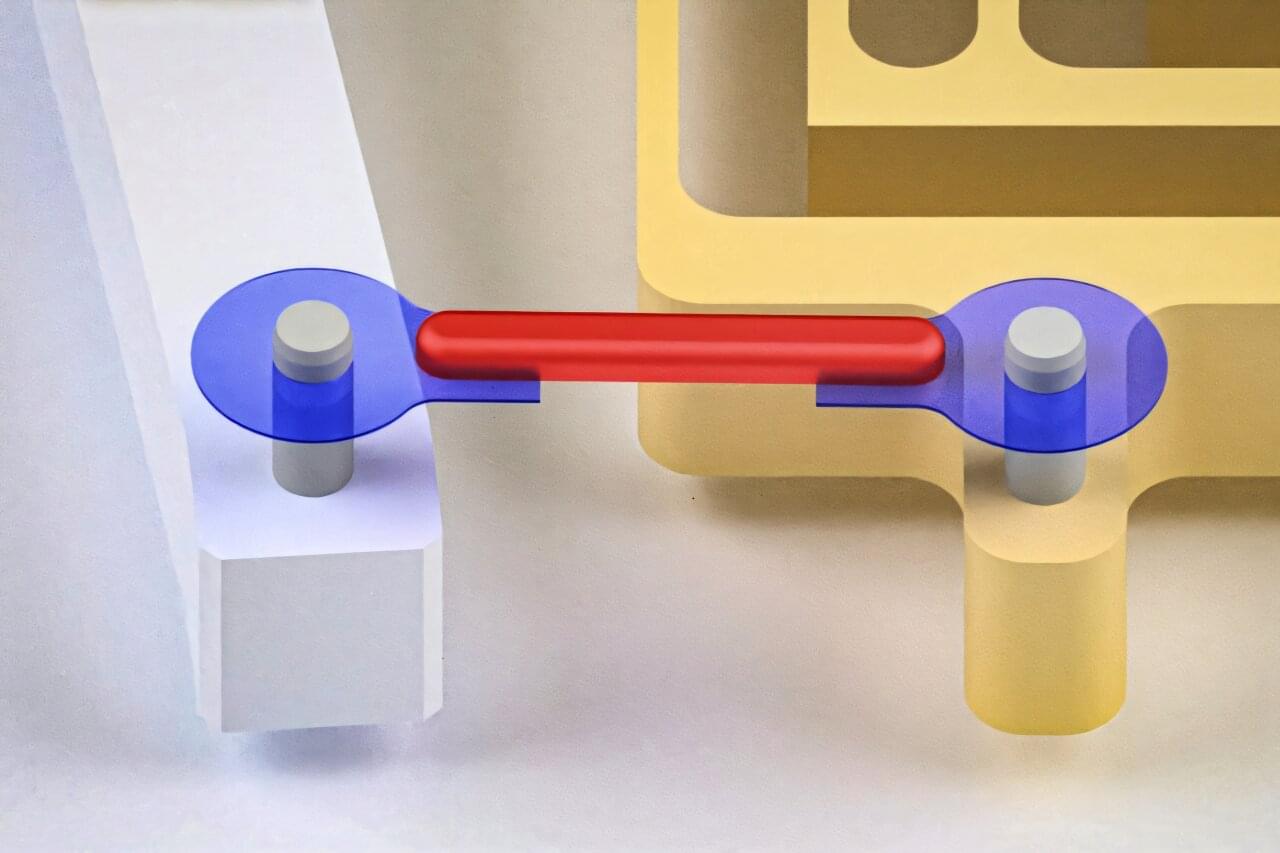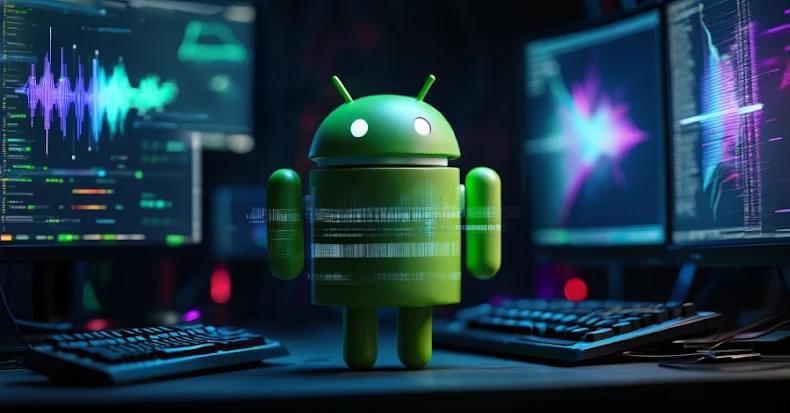Researchers developed an AI system that can reconstruct fine hand muscle activity using only standard video footage.



• Ensuring ethical leadership at all levels.
Ethical considerations must be integrated into every phase of AI development—not added as an afterthought.
As AI transforms business, responsible leadership will unlock new possibilities. Responsible AI is not just about compliance—it is a strategic advantage that builds trust and drives sustainable growth in an era where technology should benefit every part of society. In domains such as supply chain management, local decisions can have global consequences. Ethical AI enables progress that stays true to shared values across all points of influence. Fair, transparent and accountable by design—this is how institutions can trust innovation to build smarter systems and a better world.

With AI compute demands soaring, silicon photonics is emerging as a next-generation technology poised to reshape the landscape. According to Hankyung, sources say that Samsung Electronics’ Device Solutions (DS) Division has designated the technology as a future strategic priority and begun recruiting experts for its Singapore-based R&D center, led by Vice President King-Jien Chui, a former TSMC executive. The report highlights that Samsung is expanding its team in Singapore and working with Broadcom to move the technology toward commercialization.
As the report indicates, citing industry sources, Samsung’s 2027 target for CPO (Co-Packaged Optics) commercialization suggests that its real contest with TSMC will begin at that point. By 2030—when silicon photonics is expected to be applied at the individual-chip level—the technology will likely become the central battleground of the foundry market. Although TSMC currently leads, Samsung is gearing up, viewing the technology as a key to attracting major foundry clients, the report adds.

Our muscles are nature’s actuators. The sinewy tissue is what generates the forces that make our bodies move. In recent years, engineers have used real muscle tissue to actuate “biohybrid robots” made from both living tissue and synthetic parts. By pairing lab-grown muscles with synthetic skeletons, researchers are engineering a menagerie of muscle-powered crawlers, walkers, swimmers, and grippers.
But for the most part, these designs are limited in the amount of motion and power they can produce. Now, MIT engineers are aiming to give bio-bots a power lift with artificial tendons.
In a study published in the journal Advanced Science, the researchers developed artificial tendons made from tough and flexible hydrogel. They attached the rubber band-like tendons to either end of a small piece of lab-grown muscle, forming a “muscle-tendon unit.” Then they connected the ends of each artificial tendon to the fingers of a robotic gripper.

A NIMS research team has developed a new experimental method capable of rapidly evaluating numerous material compositions by measuring anomalous Hall resistivity 30 times faster than conventional methods. By analyzing the vast amount of data obtained using machine learning and experimentally validating the predictions, the team succeeded in developing a new magnetic sensor material capable of detecting magnetism with much higher sensitivity. This research was published in npj Computational Materials on September 3, 2025.
The anomalous Hall effect is a phenomenon in which a voltage is generated in a magnetic material when an electric current flows through it, appearing in the direction perpendicular to both the current and the material’s magnetization (that is, from the north to the south magnetic pole). By leveraging this property, changes in magnetization can be sensitively detected as electrical signals, making the effect promising for applications such as read heads in next-generation hard disk drives and high-performance magnetic sensors.


Google is facing backlash on X after a viral post for its NotebookLM appeared to use a food blogger’s work without credit.
Recently, Google launched Nano Banana Pro, its most powerful image model to date.
The model is likely trained on millions of websites and videos, which explains why it’s one of the best tools for generating realistic images.

The popular open-source SmartTube YouTube client for Android TV was compromised after an attacker gained access to the developer’s signing keys, leading to a malicious update being pushed to users.
The compromise became known when multiple users reported that Play Protect, Android’s built-in antivirus module, blocked SmartTube on their devices and warned them of a risk.
The developer of SmartTube, Yuriy Yuliskov, admitted that his digital keys were compromised late last week, leading to the injection of malware into the app.
Foxconn, one of NVIDIA’s largest supply chain partners, has reportedly received orders for AI clusters around Google’s TPUs, marking a significant shift for the Taiwanese manufacturer.
There’s no doubt that the buzz around ASICs, especially after the release of Google’s latest Ironwood TPU platform, has become increasingly mainstream. More importantly, Google’s TPUs are rumored to be on the verge of adoption among several companies, with a notable name being Meta. This is why TPUs are evolving into a platform that is now targeting external adoption. According to a report by the Taiwan Economic Daily, Foxconn has received orders for Google’s TPU compute trays and will also collaborate on Google’s ‘Intrinsic’ robotics plans.
